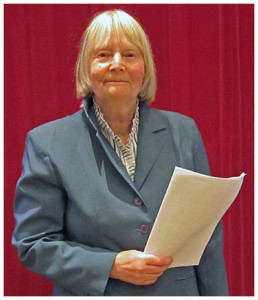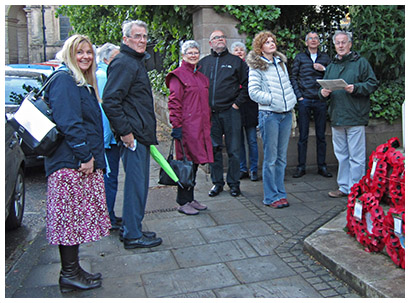 The February leap year meeting of the Group welcomed Henry Marriott, the great grandson of the Thornley-Kelsey Brewery at Radford Semele founder, H E Thornley. He farmed around Radford in the late 1800s. He also brewed ale on the farm premises for his workers – a common practice at the time. However, Henry’s great grandfather proved to be a talented brewer and decided to develop this side of the business.
The February leap year meeting of the Group welcomed Henry Marriott, the great grandson of the Thornley-Kelsey Brewery at Radford Semele founder, H E Thornley. He farmed around Radford in the late 1800s. He also brewed ale on the farm premises for his workers – a common practice at the time. However, Henry’s great grandfather proved to be a talented brewer and decided to develop this side of the business.
In 1911 the specialist brewery buildings were built on Thornley farm land by the road leading into Leamington, where there was also potential access to the nearby canal and railway. It was also the site of a natural spring that would be perfect for brewing (so it was thought!). The first batch of beer brewed turned out to be awful and the water was considered too hard. A deep borehole still did not find a suitable supply, so all future beer was brewed with water brought by lorry from Leamington’s Campion Hills.
The Brewery thrived and its pubs were established all over Warwickshire. Its beers were good enough to win numerous prizes and it was considered sufficiently competent to also brew Guinness and M&B beers, under licence.
Unfortunately the days of the samller brewer were numbered in the post-war period and the Radford Brewery closed in January 1969.
The site has undergone several changes of use since the unfortunate demolition of the artfully designed buildings.There have been a number of subsequent occupiers of the site and today it is the home of Ricardo which is at the forefront of automotive and defence vehicle technology.
The next Group meeting is on Monday 21 March (a week earlier than normal) at 7.30pm in the village hall, when a talk on Victorian Marton will be given by Group members. All welcome, entrance fee £3 includes a glass of wine.







